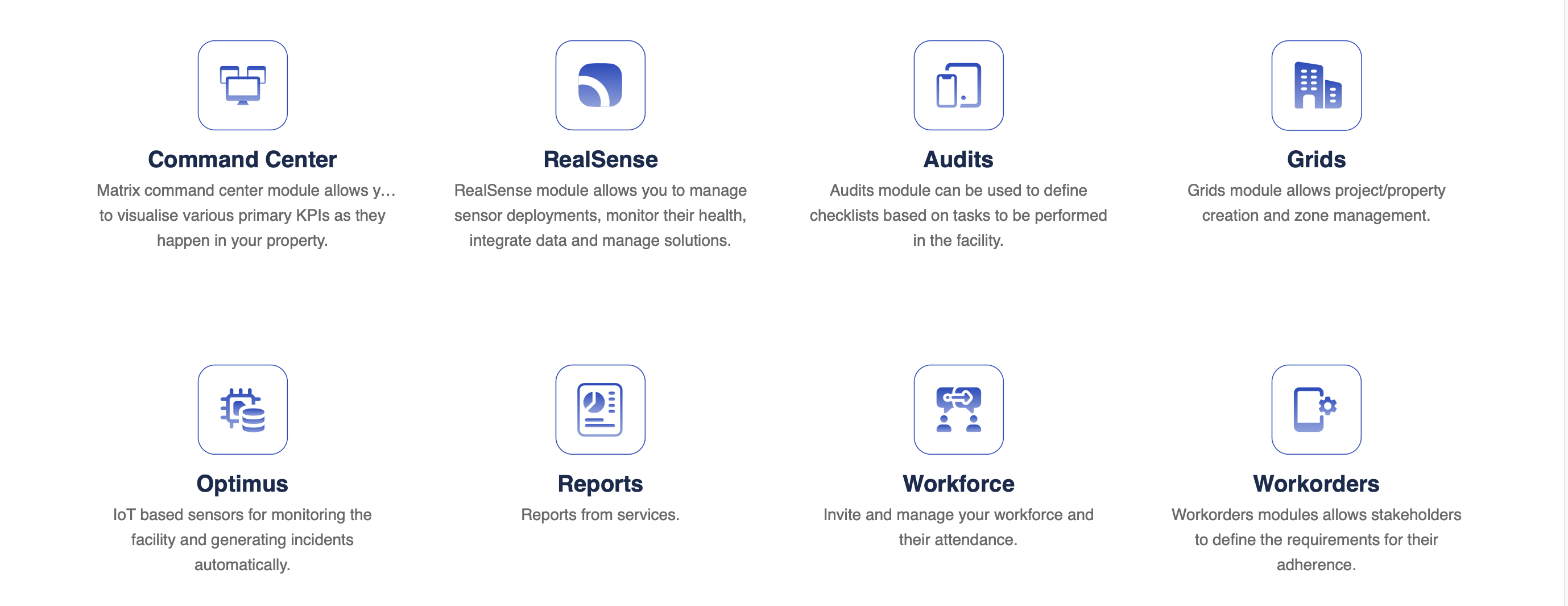Blogs
Smarter Cleaning Means Standardized Cleaning

Traditionally, cleaning has been an entirely manual process, and as a result, impossible to standardize. Conventional approaches to hygiene involved auditing via paper-based checklists, with score cards pinned to the backs of doors which team leaders had to validate on their rounds.
Things began to improve with the introduction of basic digital capabilities, such as early online forms and workforce management tools. However, the act of auditing cleans still had to be done by physical inspections.
Whilst this was a step in the right direction, it meant auditing was still inefficient, time-consuming, costly, and completely subjective. What appears clean to one person might not meet the standards of another.
The Digital Transformation of Commercial Cleaning
With massive technological leaps in the use of IoT and AI, buildings have become Smart. This shift has allowed FM teams to digitalize almost everything – cleaning included.
Digital adoption within the hygiene space, and more crucially the data it produces, has allowed cleaning to become standardized, auditable and an overall outcome-driven process.
An Abundance of Touchpoints Means a Wealth of Data
With the development of sensor driven technology, any number of touchpoints within any given space can be measured. For example, within a washroom, everything from smells and spills to actual usage patterns and feedback from customers can be monitored, giving FM teams access to something that had been lacking before – real-time insights.
But digital cleaning doesn’t stop there.
AI modules have evolved, which can process and analyse the wealth of in-depth data the touchpoints provide, and as a result, can digitalize the entire process of auditing and inspection. The Smart systems can inform FM teams of what has been done, whether it was up to their pre-determined standards, and what needs to happen next.
The decisions are based entirely on actual parameters rather than subjective assessment.
Endless Cleaning Data Means Endless Opportunities
The potential that data-driven cleaning offers is endless when it comes to managing and reviewing cleaning performance.
Being able to measure just about anything in the cleaning lifecycle ensures manpower numbers are accurate based on actual footfall, and that hygiene levels are appropriate for the type of building being cleaned. User expectations can be matched with performance scores and as an outcome-based model, accountability can be introduced.
Standardizing the Process – a Case Study
Let’s look at SmartClean’s Matrix – the software used in VERTECO’s smart cleaning technology – as an example of the wealth of data that data-driven cleaning offers, and the vital role it plays in standardizing the auditing process. As the first AI smart cleaning management platform available, it can autonomously monitor, operate and manage the whole cleaning process from a single user-friendly dashboard.
Software functionality and the benefits
As seen in the user interface below, by simply uploading details of the space that requires cleaning, the platform can estimate cleaning and resource requirements, devise suitable schedules, and assign the cleaners. Crucially, a real-time ‘Cleanscore’ is allocated, allowing the entire process to be standardized.

- Grid: The simple ‘map building’ tool allows the user to digitize their entire building, so their unique footprint can inform management of all aspects of cleaning. From opening hours and accurate people numbers to the locations of washrooms and heavily used areas, this ensures expectations are managed on the actual, physical shape of any given space.
- Workorder: With an exhaustive list of over 500+ activities, stakeholders can clearly define their requirements, automate work allocation, and manage escalations and incidents from a single touchpoint.
- Workforce: FM teams can manage their workforce remotely, allocate responsibilities when needed, manage cleaning schedules, and monitor performance and attendance to improve accountability.
- Optimus: Connecting all Smart IoT based sensors to the Matrix, this makes automated cleaning a reality. From real-time monitoring of cleanliness levels to sending alerts for dynamic cleans when needed, the Optimus analyses millions of data points to provide real-time, contextual information and reports to the user.
- Reports: Allows the user to create high quality reports on a range of parameters on everything from operational performance to user feedback. The tool immediately flags if performance is not up to standard.
- Audit: Streamlining the inspection process, the audit tool digitizes audits, checklists and inspections and allows the user to monitor them on an ongoing basis while also tailoring them to their specific needs.
- Command Center: The heart of the matrix allows KPIs to be visualized as they happen throughout the entire property.
- RealSense: Users can monitor cleanliness in an automated way, with intelligent sensors that measure multiple cleanliness and hygiene parameters 24×7, giving access to an abundance of data which can be managed in any way you like.
Just the Beginning
Latest Posts
Elevating Hospital Hygiene and Safety Standards with Data-Driven Cleaning
Within hospitals, patient safety and infection control are non-negotiable.
World Earth Day: Advancing Water Sustainability with Smart Washroom Sensors
April 22 marks Earth Day, a global event dedicated to environmental protection and sustainability.
Why the Smart Washroom market is set for explosive growth in 2025
Smart washroom technologies have revolutionized the public restroom experience.
Revolutionising the passenger experience: How smart washroom technology transforms airport operations
From real-time hygiene monitoring to water conservation, IoT-driven washroomsare transforming passenger experiences and operational efficiency
Smart Washrooms in Airports
Modern airports are busy spaces. With millions of passengers transiting daily, efficiency and cleanliness are more than conveniences – they are necessities.
